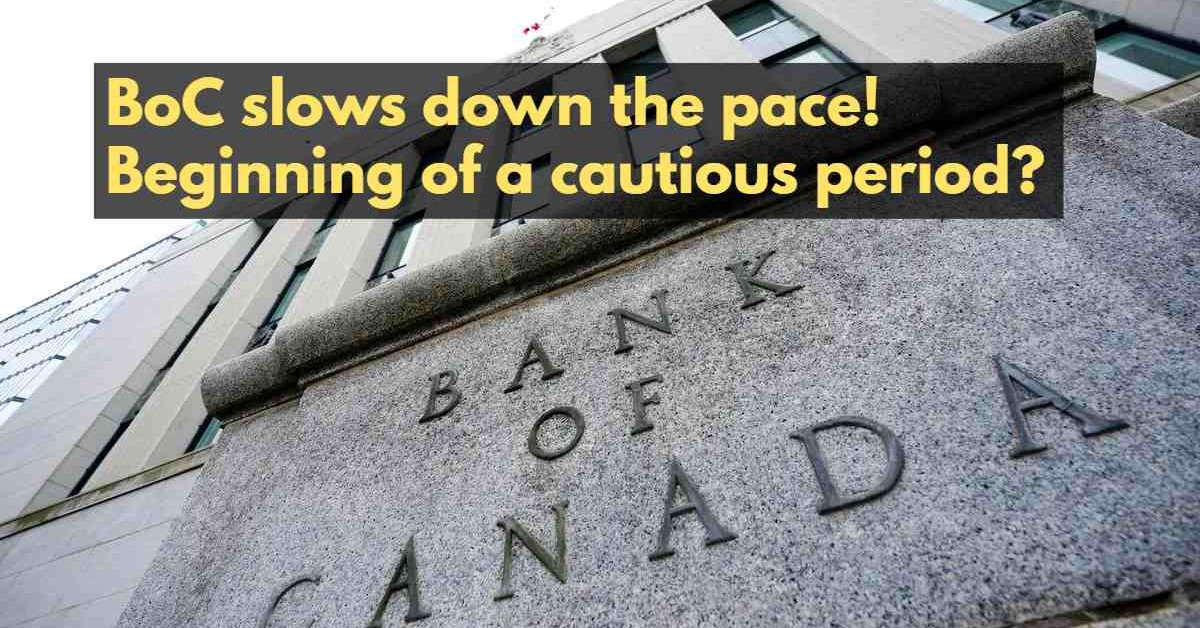Bank of Canada raised the rates by a 50-basis point
On Wednesday, as was expected and we mentioned in our weekly outlook, the Bank of Canada raised interest rates by 50 basis points to 3.75%, lower than consensus market expectations for a 75-basis point hike. However, with the current level of interest rates, BoC has had the highest rates since January 2008.
As I mentioned before and as we could see in the policymakers' note, the high inflation can continue until 2024 and we will need time to get back to the central bank's 2% target, but still, we need a break and study the results of decisions made so far. Economic indicators are weak enough and sharper rate hikes by the central bank could ultimately damage the economy. I should mention that the Bank of Canada is the second major central bank to slow the rate hike after the RBA, which can reflect what appears to be a headwind for the global economy. This fear and concern can be seen in economic forecasts. The central bank of Canada expects Canada's GDP to grow by 3.3% this year, down from a previous forecast of 3.5%. Also, BoC expects a technical recession by only 0% and 0.5% economic growth at the end of 2022 and the first half of 2023.
It is now likely that other major central banks also follow the RBA and BoC pate. These decisions and policies, as it was expected increased the pressures on the Canadian dollar. With a 1.1% decline in the USD index on Wednesday, normally we are supposed to see a downtrend in the USDCAD chart, which happened due to Loonie's weakness after the BoC meeting. From the technical point of view and in the daily chart, USDCAD moves in a side movement with strong support at 1.35 and 1.3250 after that. On the flip side, since these decisions, pressure on Loonie can stay. Therefore, the first resistance at 20-DMA, which sets at 1.37 will play an important role. Breathing above this level can push the price higher and support the bulls.


















